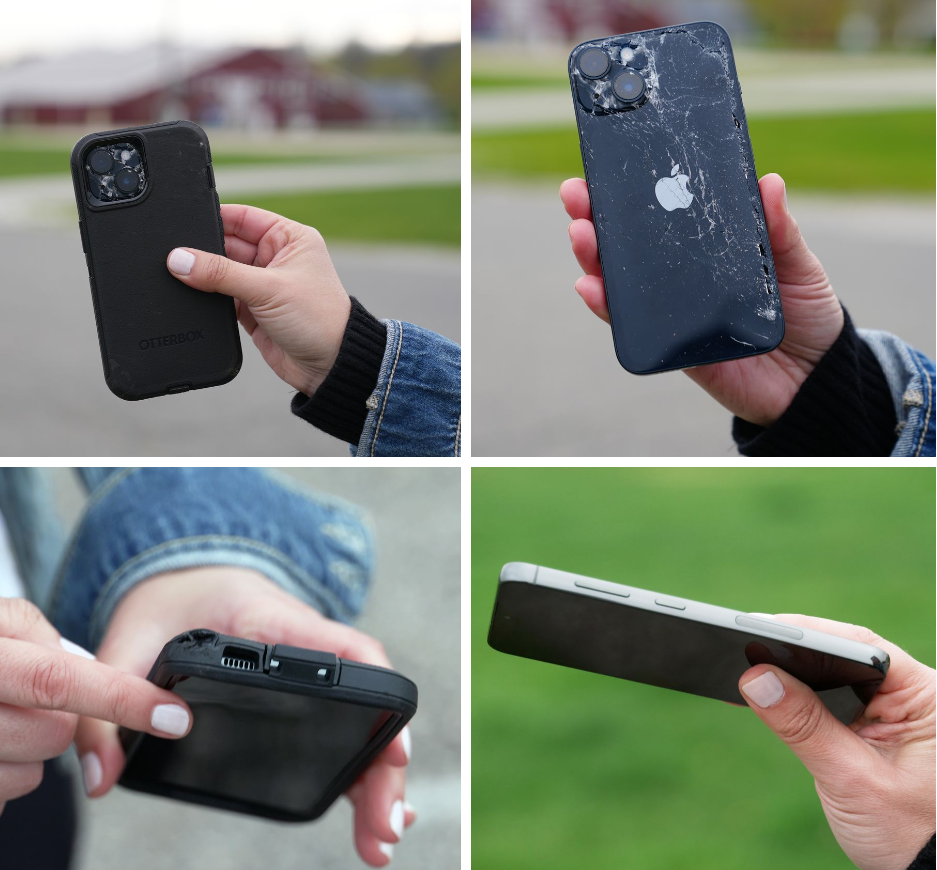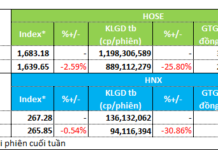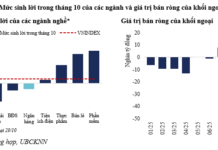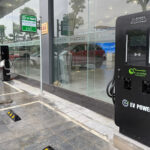Why Phones Can Survive a 16,000-Foot Drop
Since an iPhone was dropped out of an airliner’s door in January, many have been baffled by how it survived such a monumental fall largely unscathed.
Indeed, the iPhone 14 Pro Max in question was reportedly found in perfect working order after plummeting nearly 16,000 feet from a Boeing 737 MAX 9. By contrast, many people have cracked or shattered their phones after merely dropping them from a table onto the floor.
What gives?
To find out, the Wall Street Journal conducted a series of experiments, using drones to drop iPhone 14s and Samsung Galaxy S23s from heights of 1 meter, 10 meters, and 100 meters onto grass and concrete.

Both the iPhones and Galaxies in their tests were bare, without cases. They fell gently onto the grass and emerged unscathed at heights of 1 meter and 10 meters. This surprised no one.
It was only when the drops reached 100 meters that the experimenters felt a frisson of suspense. From that height, the phones looked like tiny dark specs against the ground. Yet despite the dramatic-looking impacts, they sustained no real damage—just grass stains and dirt in their charging ports.
There was no point in testing any higher, one expert suggested, because the results would’ve been the same.
“It doesn’t matter if you drop your phone from 300 feet or from space. It’s going to have the same outcome because of something called terminal velocity,” said Mark Rober, a former NASA mechanical engineer.
Rober is famous for dropping an egg 100,000 feet to the ground without breaking it.
Terminal velocity is the maximum speed an object in free fall can achieve when the total of all drag forces and buoyancy is equal to the downward force of gravity acting upon the object.
Rhett Allain, an associate professor of physics at Southeastern Louisiana University, explained that because of their mass, size, and shape, smartphones accelerate until they reach about 60 miles per hour. At that point, air resistance prevents them from going any faster.
So 100 meters is sufficient for these devices to reach their terminal velocity.
Cases Make a Big Difference
There’s another physics concept at play here—deceleration, or “crashing into stuff.” Rober and Allain explained that the grass the devices landed on provided a lot of cushioning, allowing them to slow down gradually. Harder surfaces like concrete—or a kitchen floor—will cause a much more abrupt deceleration.

The devices being dropped from a height of 10m.
To confirm this, the testers then dropped the devices onto concrete. In a 1-meter drop, the iPhone and Galaxy S23 survived two such drops with only minor scratches and dents.
In a 10-meter drop, the iPhone hit the concrete hard enough to crack its rear glass. Otherwise, it was fine. In fact, it was still recording a video.
The Samsung, for its part, suffered a cracked OLED screen on the top left and bottom right, and its screen flickered.
However, when the experimenters repeated this drop with rugged cases on the devices, both came through unscathed.
In the 100-meter drop with cases, the iPhone’s entire rear glass panel shattered, including all the glass around the camera array. But the phone itself remained functional and repairable.

The devices being dropped from a height of 100m.
The Galaxy S23 landed hard on its lower right corner, tearing the rubber bumper of the case. The screen didn’t crack, but the phone bent out of shape and wouldn’t turn on anymore.
A good case, the experts emphasized, not only provides cushioning to decelerate a falling phone but also protects the vulnerable points of contact.
“If you hit your phone on a corner, you have a very small contact area, and it’s more likely to break. If you hit on a flat surface, you have a larger contact area,” said Allain.
Case designers typically use a combination of plastic and rubber to absorb shock around the phone, particularly on the corners.
So a case can be helpful if you’re worried about the phone’s glass screen and back. But the bottom line is that when you drop your phone from a great height, whether it’s in a case or not, you’re banking on it landing in grass, which will give it the most deceleration, and therefore the best chance of survival.





































